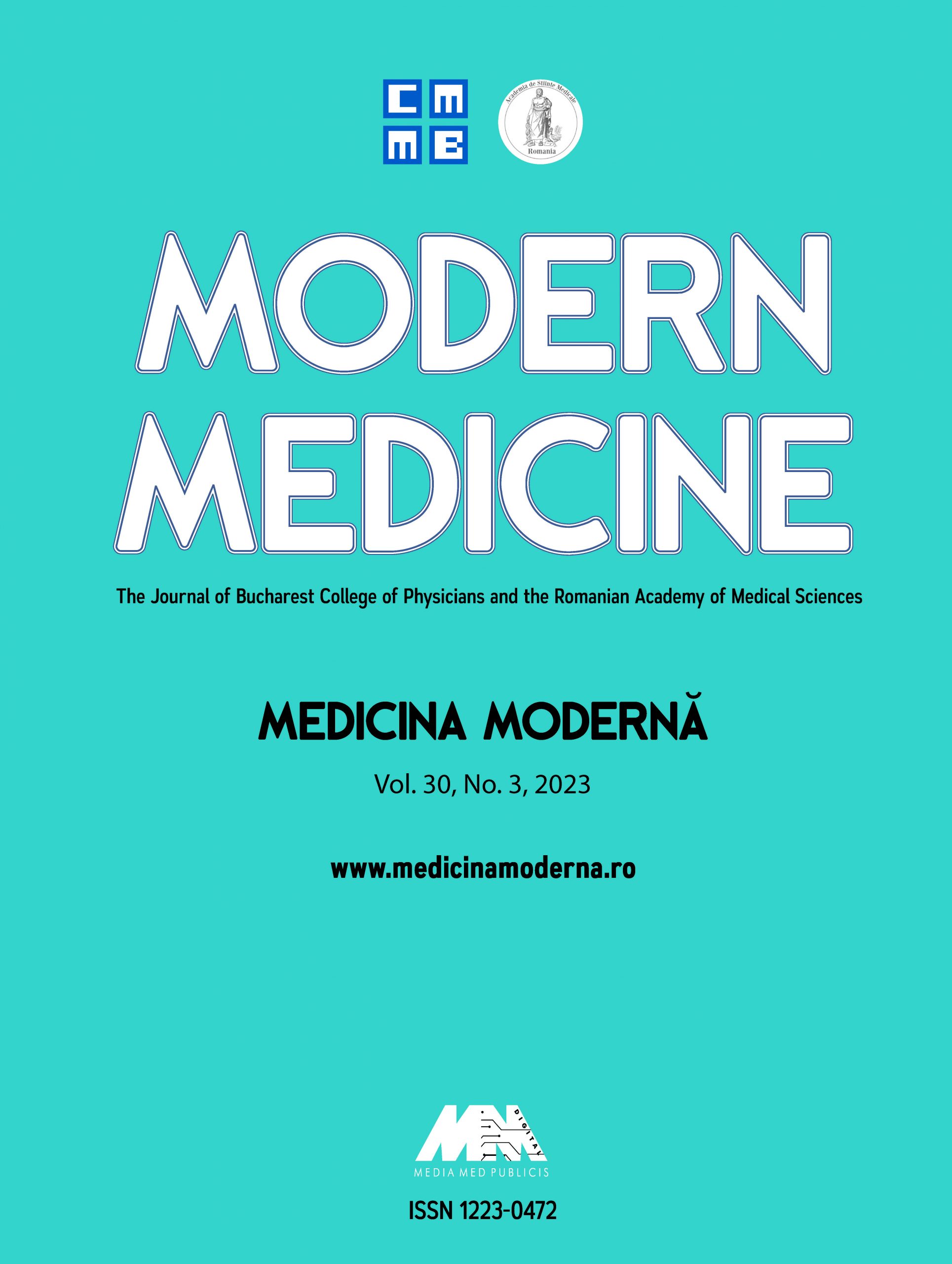Background: The role of inflammation is an important part for the process of acute myocardial infarction. Inflammation of blood vessel walls and inflammatory response are considered as the main pathogenesis of atherothrombosis in ST elevation of myocardial infarction. Hs-CRP can measure the inflammatory response after acute myocardial infarction thereby providing prognosis for major adverse cardiovascular event.
Objective: This study aims to the serum levels of Hs-CRP at admission as a predictor of a Major Adverse Cardiovascular Event (MACE), including cardiovascular mortality, nonfatal myocardial infarction, nonfatal stroke, stent thrombosis in STEMI patient who underwent primary percutaneous intervention (PPCI) during hospitalization and 30 days after primary percutaneous coronary intervention.
Methods: This study was a prospective observational cohort study. Subjects were patients with a diagnosis of onset <24-hour STEMI and underwent treatment at the Cardiovascular Care Unit and cardiovascular ward Dr. Soetomo Hospital, Surabaya. ELISA test is carried out to measure serum levels of Hs-CRP from peripheral blood samples taken at admission. Based on the level of hs-CRP subjects were divided into two groups, namely groups with hs-CRP <2 mg / l and hs-CRP levels ≥ 2 mg/l. Subjects were then observed during treatment and assessed the appearance of major adverse cardiovascular event.
Results: The subjects of this study were 61 patients, patients with hs-CRP level ≥ 2 mg/l were higher risk of major adverse cardiovascular event with 19,158 fold (OR 19.158; p = 0.006, 95% CI) than patient with hs-CRP < 2 mg/l. Hs-CRP levels had a weak positive relationship with cardiovascular mortality (RR 0.274, p = 0.033, 95% CI). Patient with Hs-CRP ≥ 2 mg/l have higher risk of cardiovascular mortality 3.514 fold than Hs-CRP < 2 mg/l (Odds ratio 3.514, p= 0.252, IK 95%).
Conclusion: There is weak positive correlation between hs-CRP and mortality of the patients with STEMI. The patients with hs-CRP ≥ 2 mg/l have 19 folds higher than Hs-CRP < 2 mg/l with significant statistic.





